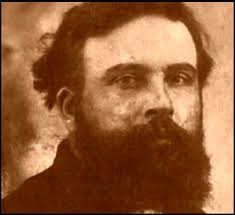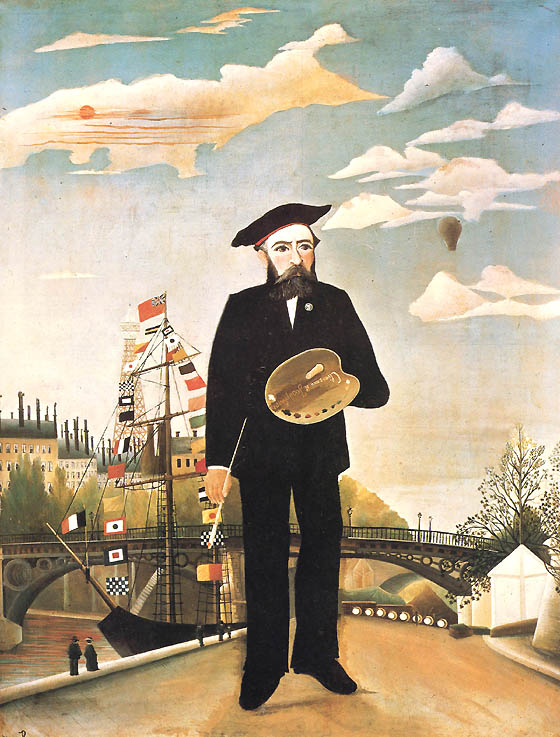
1844 - 1910
Henri Julien Félix Rousseau

description
A French self-taught painter, one of the most famous representatives of naive art (primitivism). Having started a creative career after 40 years, the artist was eventually approved by all avant-garde movements. The development process of the art of the 20th century proved that, like many geniuses, great Henri Rousseau, nicknamed the Customs Officer, was way ahead of his era. Pictures of the artist are in the most significant museums of France, Russia, Great Britain, Germany, Czech Republic, Japan, Switzerland and the USA. The artist’s paintings are in the most significant museums of France, Russia, Great Britain, Germany, Czech Republic, Japan, Switzerland and the USA.
Key ideas:
– Undoubtedly, compared with the smooth, elegant standard of academic painting and even with the works of Impressionists and Post-impressionists, the paintings of Rousseau looked very rough, “wrong”. The figures of people and animals, objects and nature in the compositions are most often depicted awkwardly, the poses of the characters are inconvenient and even unnatural (Rousseau did not know how to draw legs, arms, or legs). There is no clear understanding of perspective in his paintings; the use of color, especially black, was rather strange. The names “naive art” and “primitivism” are absolutely precise for his kind of work, since it looks like children’s drawings, cave paintings of distant ancestors, and plane frescoes of the Middle Ages at the same time.
– Depicting scenes from the life of the jungle, Rousseau, who never traveled, relied on his imagination, on impressions and observations made in gardens and parks of Paris (“when I see plants of exotic lands in the greenhouse, it seems to me that I sleep”). Also, in his works, he used a rich album with the images of wild animals, where there were 200 illustrations and which became the reference book of the Customs Officer. However, his “wild” visions were “corrected” by observations of Parisian cultural life, as evidenced by numerous sketches – Henri’s “views” of the city.
– Rousseau carefully worked with the palette. When Italian art expert Ardengo Soffici was shocked by his painting style, the artist proudly said to him about the painting “The attack of the jaguar on the horse”: “There are 22 green shades!”
– Experts rightly point out that if Rousseau had been officially trained, he probably could not draw like that, because the teachers would tell him what to do and what not to do at all. Customs Officer Rousseau did not care about the rules, but he believed in his talent firmly. Non-recognition and mockery did not make him start studying of the rules of painting, or abandon his attempts to paint.
1844
1869
1885 - 1886
1893 - 1894
1897 - 1898
1905
1906 - 1907
1908
1910
The birth of the artist
He married Clemence Boitard

First exhibited his paintings

Moved to a studio in Montparnasse

“Sleeping gypsy”

“A hungry lion rushes at the antelope”

He met and became friends with artist R. Delaunay

The banquet in honor of the Customs Officer

Died of gangrene

Henri Julien Félix Rousseau
On Artist
flow
Fauvism
friends
Sonia Delaunay
artists
Felix Clement
Jean-Leon Jerome
Antoine Watteau
Giotto
Fra Beato Angelico
By Artist
flow
Fauvism
Cubism
Expressionism
Abstractionism
Surrealism
friends
Marie Lorensen
Robert Delaunay
artists
Vasily Kandinsky
Salvador Dali
Giorgio de Chirico
Rene Magritte
Henri Matisse
Pablo Picasso
Felix Vallotton
Georges Braque
Andre Derain
